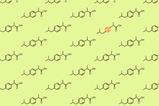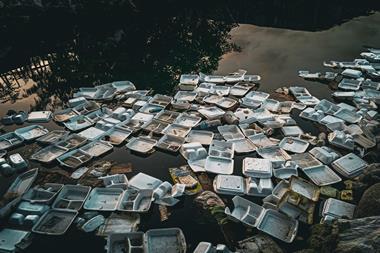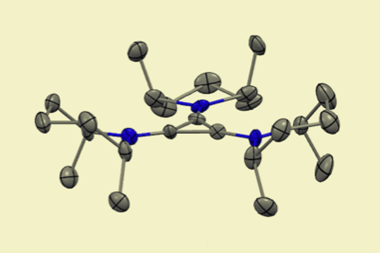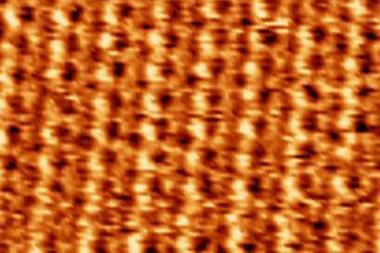Electrocatalysis has a problem. ‘The number of people doing studies with inappropriate reference electrodes in aqueous electrochemistry is really alarming,’ says Anantharaj Sengeni, from the SRM Institute of Science and Technology in India. Working alongside Suguru Noda from Waseda University in Japan, Sengeni has uncovered thousands of such incidences and associated errors in the scientific literature.1 They hope that by highlighting potential pitfalls, newcomers to the field will be more likely to report reliable data.
Researchers developing systems and catalysts for water electrolysis, for example, perform tests to evaluate the selectivity, stability and reactivity of their design and materials under various conditions. Reference electrodes are an important tool for these assessments. However, Sengeni explains that using an inappropriate reference electrode can give experimental values that are wrong by up to ’70 millivolts in their overpotential, which in this field is huge, as commonly reported values of overpotentials of many catalysts fall within this range.’
Selecting the proper reference electrode is also crucial to making sure that studies are reproducible. For hydrogen evolution reactions in acidic conditions the appropriate reference electrodes are Hg/Hg2SO4 and Cu/CuSO4, but Sengeni and Noda’s team found that thousands of studies used the wrong electrodes, such as Ag/AgCl, in acidic electrolytes. This is by no means the only way that reference electrodes are being misused.
Edmund Dickinson, is head of electrochemistry at battery technology company About:Energy. He describes Sengeni and Noda’s research as ‘an excellent example of due diligence work in electrochemical energy technologies.’ ‘One frequently sees papers claiming outstanding performance in electrocatalysis, but because of issues like this, one can’t trust without in-depth investigation that reported performance is directly comparable to other experiments in the literature.’ Dickinson recognises that reference electrode misuse isn’t the only thing going wrong in the field: ‘I agree with everything this paper is saying, but the central issue is just one of a dozen things that researchers need to be careful about when following the literature in this area.’
Last year, Sengeni and Noda compiled a set of guidelines for researchers characterising various types of electrocatalysts used in water electrosplitting.2 By raising awareness of the issues, they hope to see more experiments set-up correctly. Dickinson is also hopeful that people will take onboard the advice given to them: ‘The paper will only have impact if it’s read and acted upon. The nature of this type of research is that it’s often read by people who already understand the problem, not by the many practitioners who are unaware that their results may be implicated.’
Sengeni and Noda’s advice for scientists screening electrocatalysts
When determining turnover frequency and specific activity
• Report a range of turnover frequency values at different overpotentials in the catalytic turnover region to show the trend over a wider potential window
• Never assume that all loaded atoms are available for catalysis
When determining the Tafel slope and exchange current density
• Choose a potential region that is 0.118V away from the onset potentials to ensure that you are in the Tafel region when operating at room temperature.
• Never extrapolate a Tafel line that is not perfectly linear to get a slope
When determining apparent activity
• Use transient techniques at the lowest possible scan rate
• Never use areal activity for electrodes of high porosity, roughness and 3D configurations
When determining selectivity
• Never assume that the faradaic efficiency is 100%
• Never use easily reducible (with H2) and easily oxidisable (with O2) dyes to colour the water inside the water-displacement set-up
When assessing stability
• Always perform stability studies with an electrode of area 1cm2 or higher
• Ensure swift removal of gas bubbles from the working electrode either by stirring the solution or by performing the stability studies at high current density or overpotentials
References
1 S Anantharaj et al, J. Mater. Chem. A, 2023, DOI: 10.1039/d3ta03145d
2 S Anantharaj and S Noda, Energy Adv., 2022,1, 511 (DOI: 10.1039/d2ya00076h)

















No comments yet